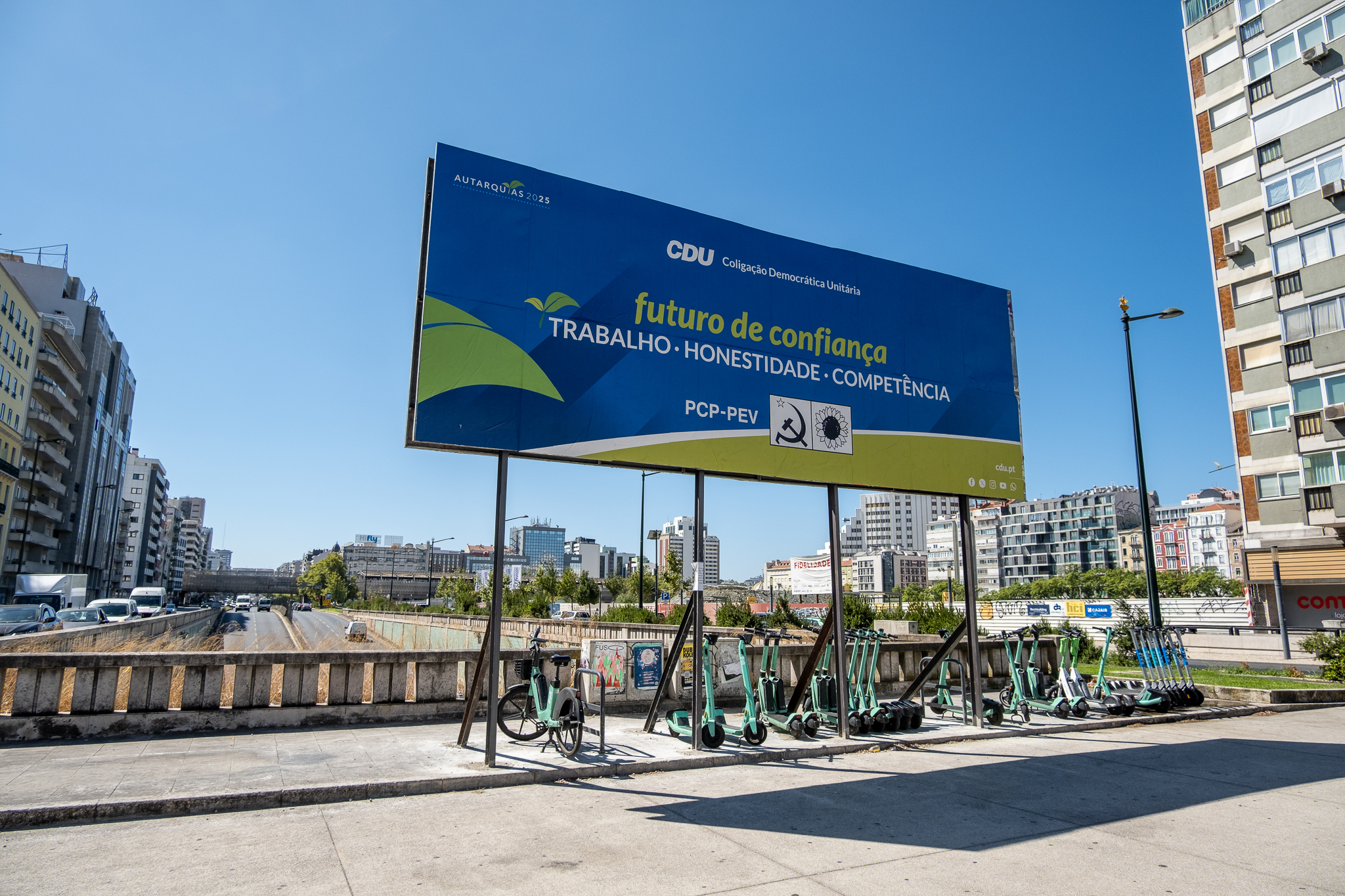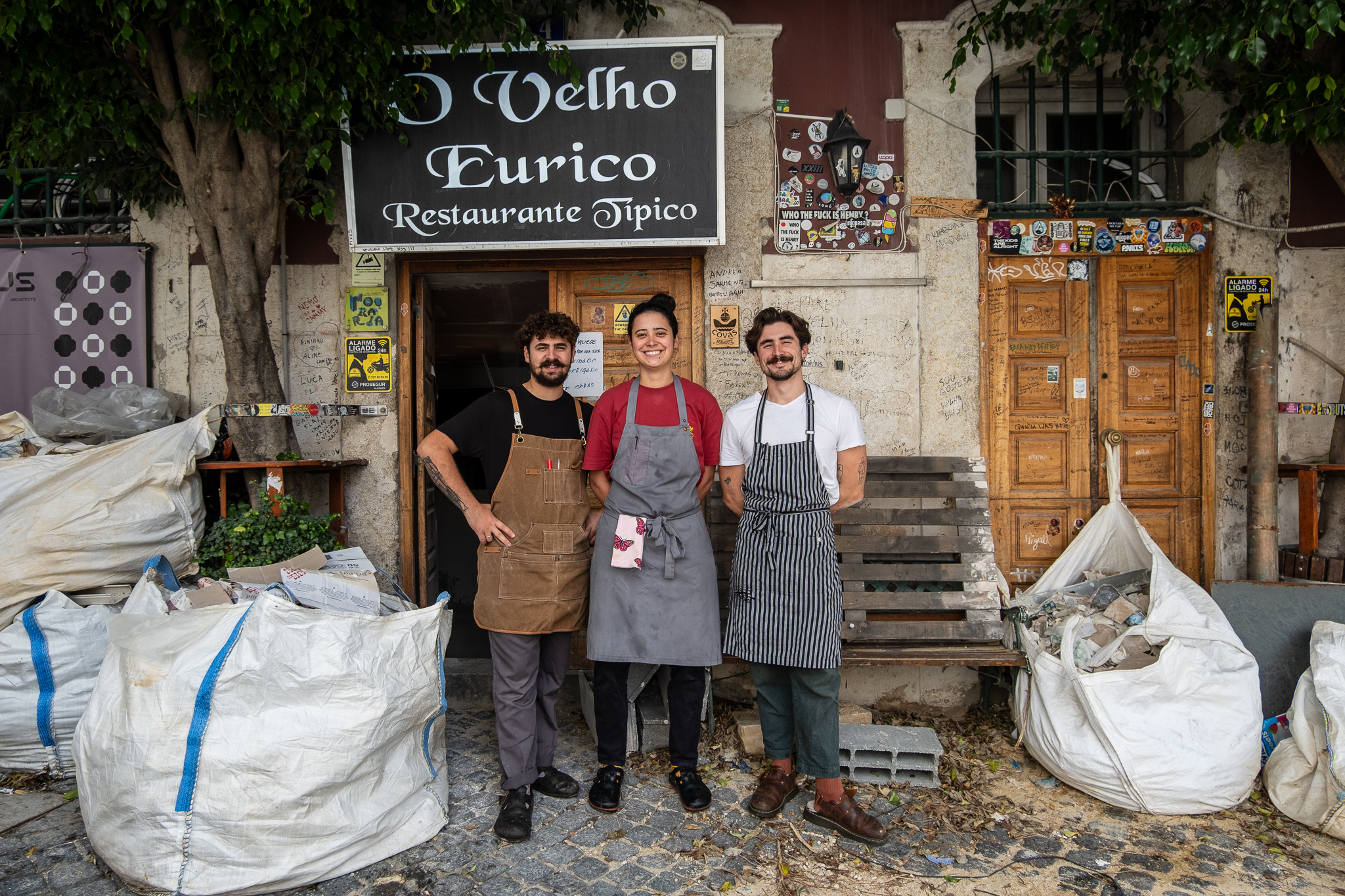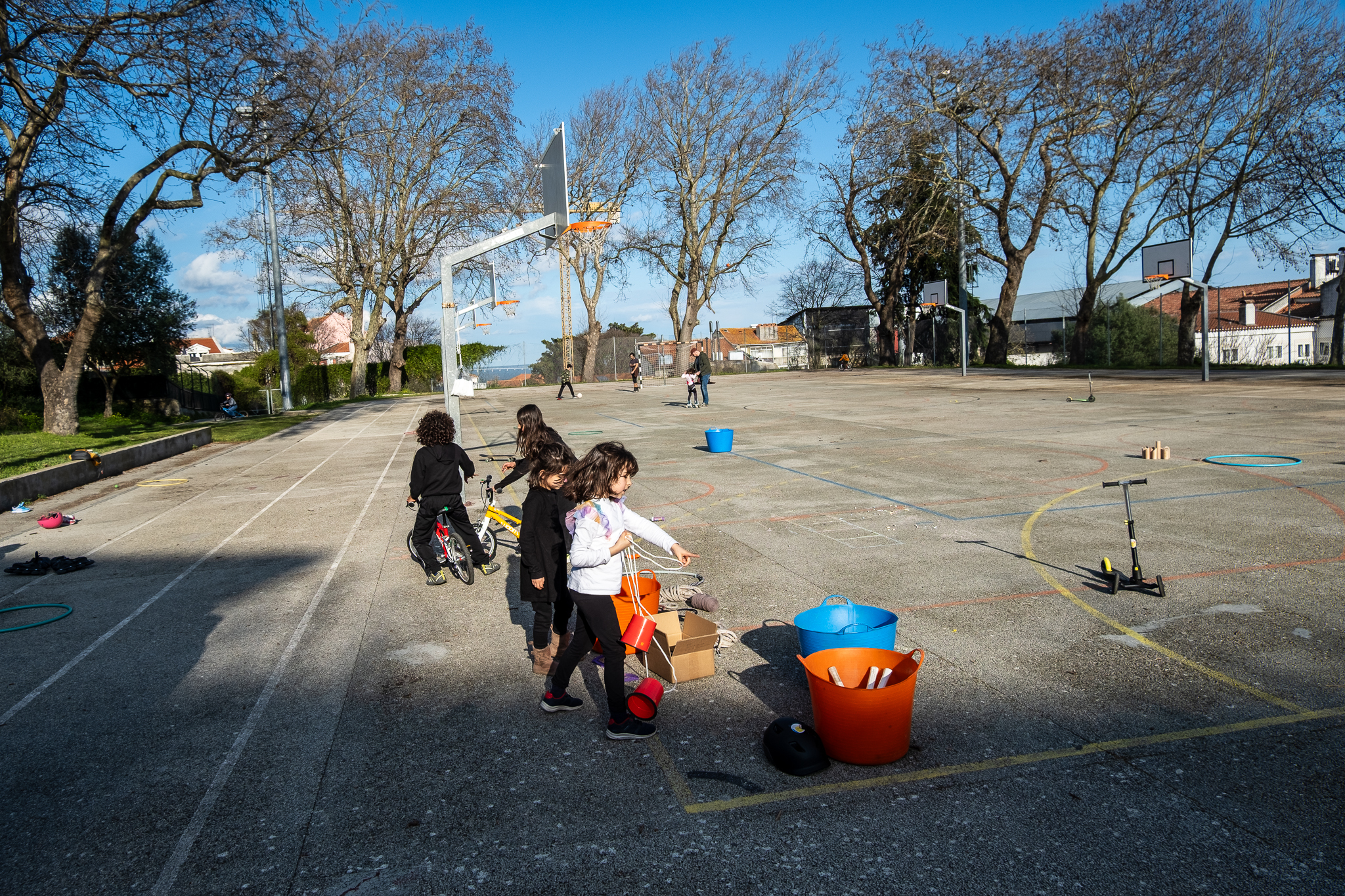Giving Avenida de Ceuta back to the people is the proposal that Rui Tavares (Livre) has taken to Lisbon City Council. The city can gain a new river in Alcântara, with new green spaces open to pedestrians and bicycles, with more public transport and without hindering car traffic.
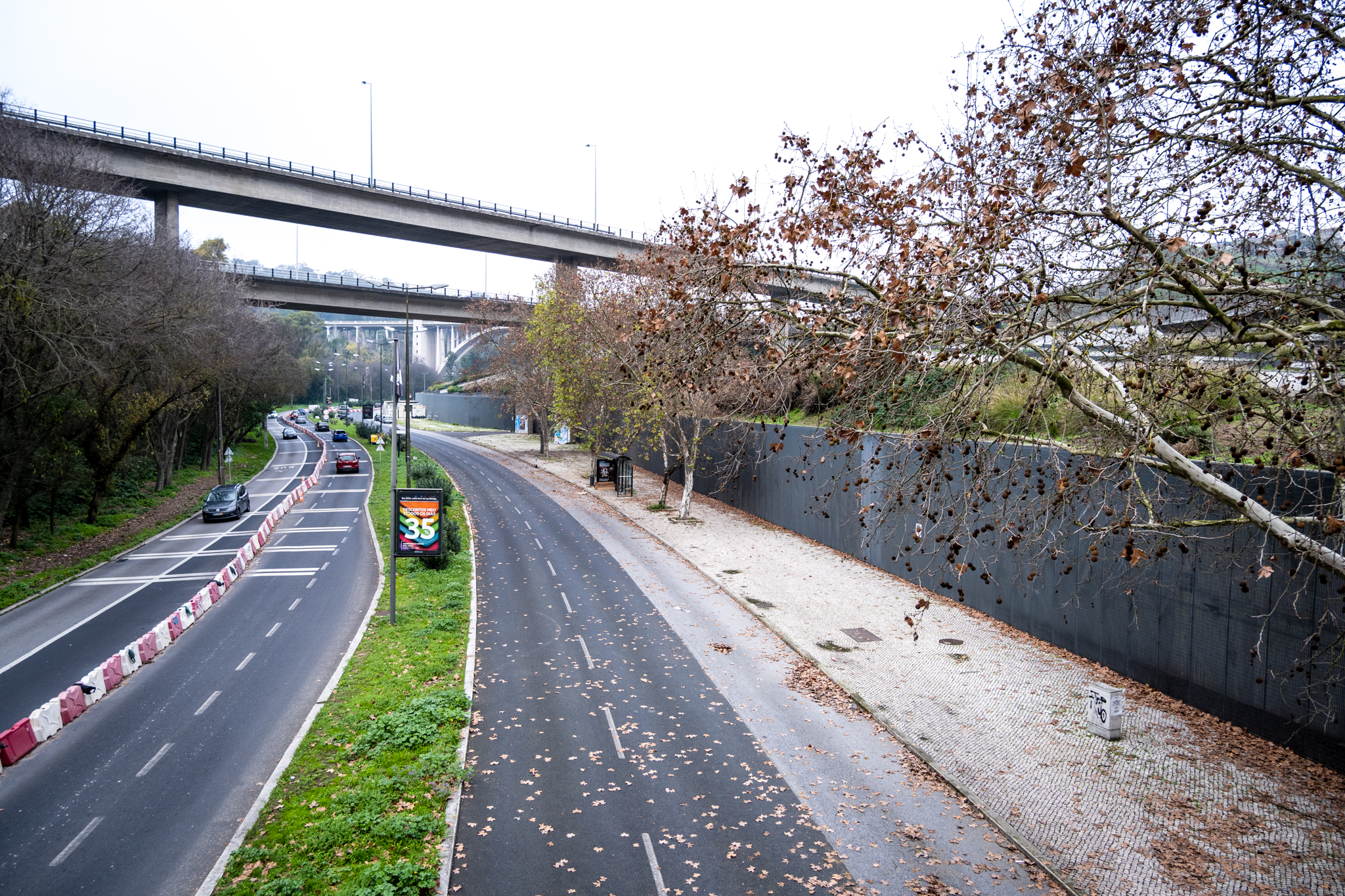
In 2016, the then councilor responsible for the city's green structure, José Sá Fernandes, announced the Alcântara Green Corridor, an ambitious project that would create a pedestrian and cycling connection between Campolide and the river through the Alcântara valley. The work, which had been scheduled to be ready by the end of 2017, is still underway and the contract for Avenida de Ceuta is awaiting the conclusion of a call for tenders. The idea is to re-profile this avenue, creating a cycle-pedestrian corridor on one side and restoring a watercourse in the central separator between the three traffic lanes in each direction.

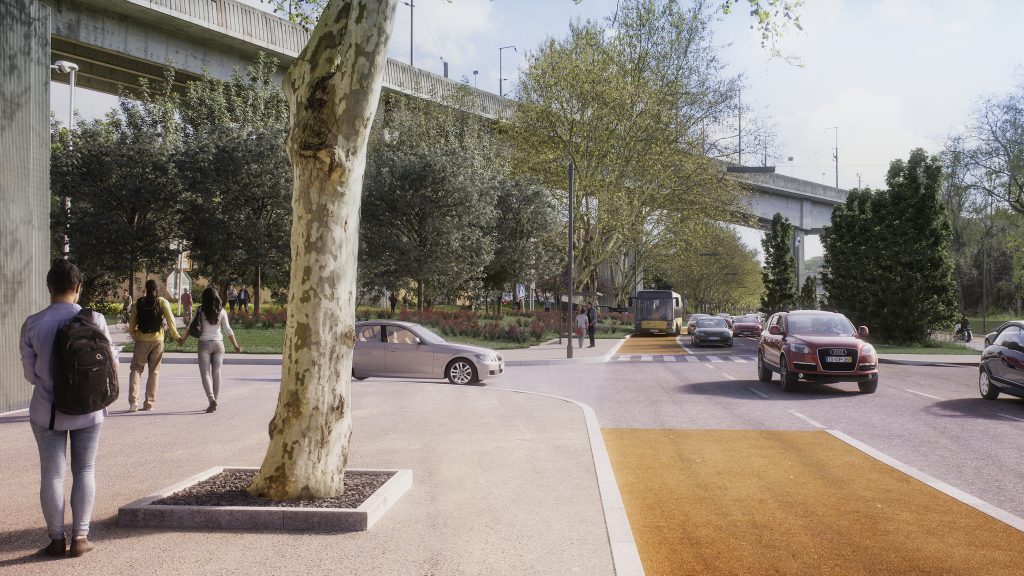
The will to move on Avenida de Ceuta and to complete the Green Corridor of Alcântara remains with the new executive, who, in the election campaign, inscribed in his program the "re-profiling Avenida de Ceuta as an urban avenue" and the "extension of the cycle path to the river". The cycling route foreseen in the Green Corridor project and which has a mixed configuration with the pedestrian ends at the entrance to Quinta da Cabrinha, still far from the river. In AugustIn the past, EMEL said it was studying a bidirectional cycle path that would go from there, pass through the Alcântara Viaduct and connect to the docks area. The company did not commit to dates or further details but it is now uncertain whether this cycle path remains under study.
Meanwhile, at the last town hall meeting of 2021, the Livre councillor, Rui Tavares, presented his party's proposal for Avenida de Ceuta, which seeks to be more ambitious than simply transforming the avenue's central divider and creating a cycle path.. Inspired by the current works on that axis that have forced the cutting of one side of the avenue - which, according to the party, "has not led to any significant increases in congestion to date" Livre proposes keeping this configuration, reopening the side closed by the works with two BUS lanes and two one-way cycle paths. Car traffic would move only to one side of the current central divider, in both directions.
The Livre proposal suggests reopening, 75 years later, of the Alcântara canyon to bring the Ribeira de Alcântara back to the surfaceThis would create, as in the current proposal, a watercourse in the center of Avenida de Ceuta. The cycle route provided for in the previous municipal executive's project would be pedestrianized only, since bicycles would circulate alongside the BUS corridors. The idea of Livre was presented at the public meeting of the municipal executive on December 22, 2021, in the form of a motion - the text of the motion can be found at the end of this article.
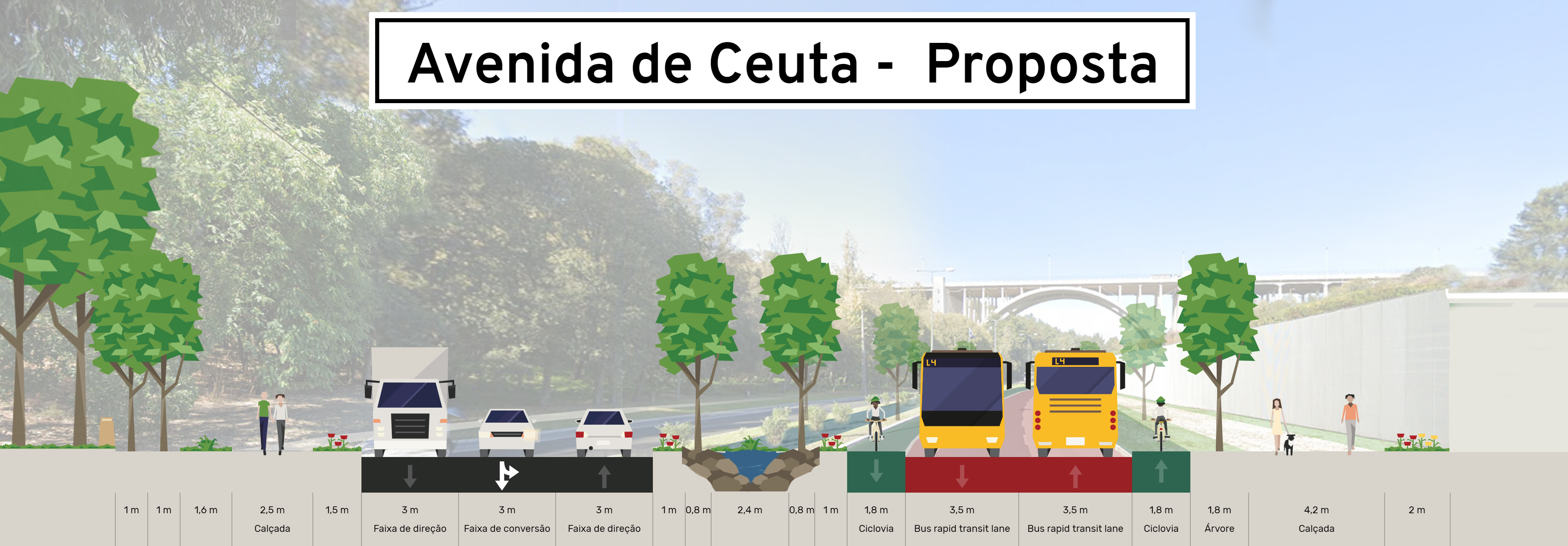
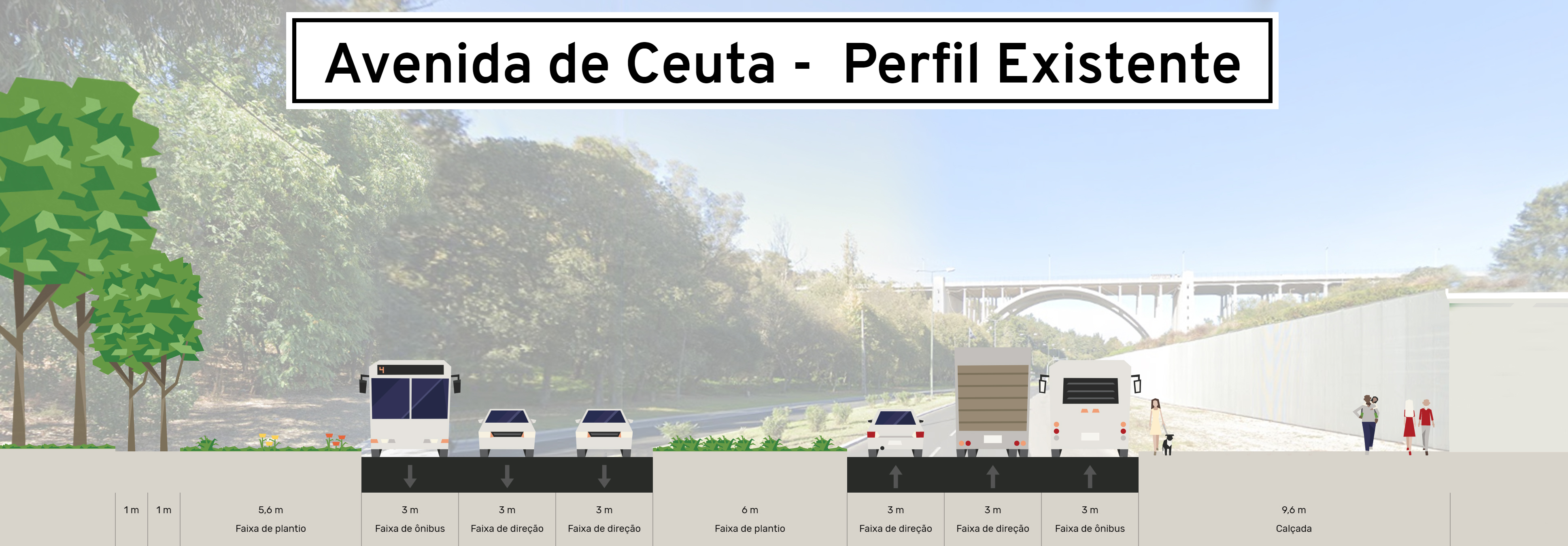

A rupture in the Alcântara Canal next to the Alcântara Wastewater Treatment Plant determined the cutting of traffic on Avenida de Ceuta in the South-North direction, with both directions being made in the space previously reserved for the North-South direction until April 2022. "But this drastic change to car traffic has so far not led to any significant increases in congestion or car traffic movements on the avenue", says the Livre.

"Thus, Livre believes that, immediately after this emergency intervention by CML, Avenida de Ceuta should not be reopened to car traffic in the previous way, looking for another profile for this urban avenue, safer, ecological and humane." The party wants an avenue for people, favoring public transport, freeing up more space for the creation of sidewalks and conditions of accessibility and pedestrian safety on both sides of the axis, the planting of trees and other vegetation, in order to create shaded pedestrian routes, as well as the construction of cycle paths, linking the cycling network to the north (through the recently opened tunnel, which connects to the Quinta da Bela-Flor Urban Park)Alcântara to the cycle paths of Avenida 24 de Julho and the riverfront to the south).
"LIVRE's motion is in line with the promulgation by the President of the Republic of the Basic Climate Law, last December 13th, which brings together the guidelines for Portuguese climate policy and allows the anticipation of the country's carbon neutrality, and meets the commitment made by the Mayor of Lisbon himself, who personally took over the Climate Change Pelouro".reads a press release.

A Livre source told Lisboa Para Pessoas that their proposal for Avenida de Ceuta essentially consists of changing the space between the kerbs, which the previous project left unchanged. The new proposal does not intend to put what was already planned for that avenue in the drawer, on the contrary, it seeks to improve it, and the changes are not substantial, he said. Contacted by Lisboa Para Pessoas was Duarte d'Araújo Mata, a landscape architect and green infrastructure specialist who worked in the Lisbon City Council office where the Alcântara Valley Green Corridor project was developed, the renaturalization of the Alcântara stream, as proposed by Livre, is not feasible, he explained, since "it's a sewer". "If we open today it's a sewer mixing untreated sewage with rainwater." This is because, like most urban catchments, rainwater and sewage end up mixed in a single channel to the wastewater treatment plant (WWTP).
"The solution to separate everything involves two mega-jobs: on the one hand, catching rainwater to prevent it from going into the sewers (making the sewage tend to be only sewage); and, on the other hand, separating the sewage from the rainwater in all buildings, which means going inside the buildings in most cases".he clarified. "This, in a consolidated city, is almost impossible. And it costs many, many millions." For example, in Parque das Nações, there is a separation between what is rainwater and what is sewage. "Not in the Alcântara/Benfica/Amadora basin." For Duarte d'Araújo Mata, the best proposal is the one that had already been submitted. "The most acceptable thing is to assume that the river is a sewer and try to 'create a river next door' that will receive rainwater. What was proposed in the solution in the contract tender is symbolically this, with the collection of rainwater from the green areas for drainage 'in loco' and then the creation of a formal stream using treated water from the WWTP. More than this is a multi-million euro discussion."
The motion presented by Livre was unanimously approved at the public meeting of the City Council on December 22, 2021, and therefore met with general consensus.





